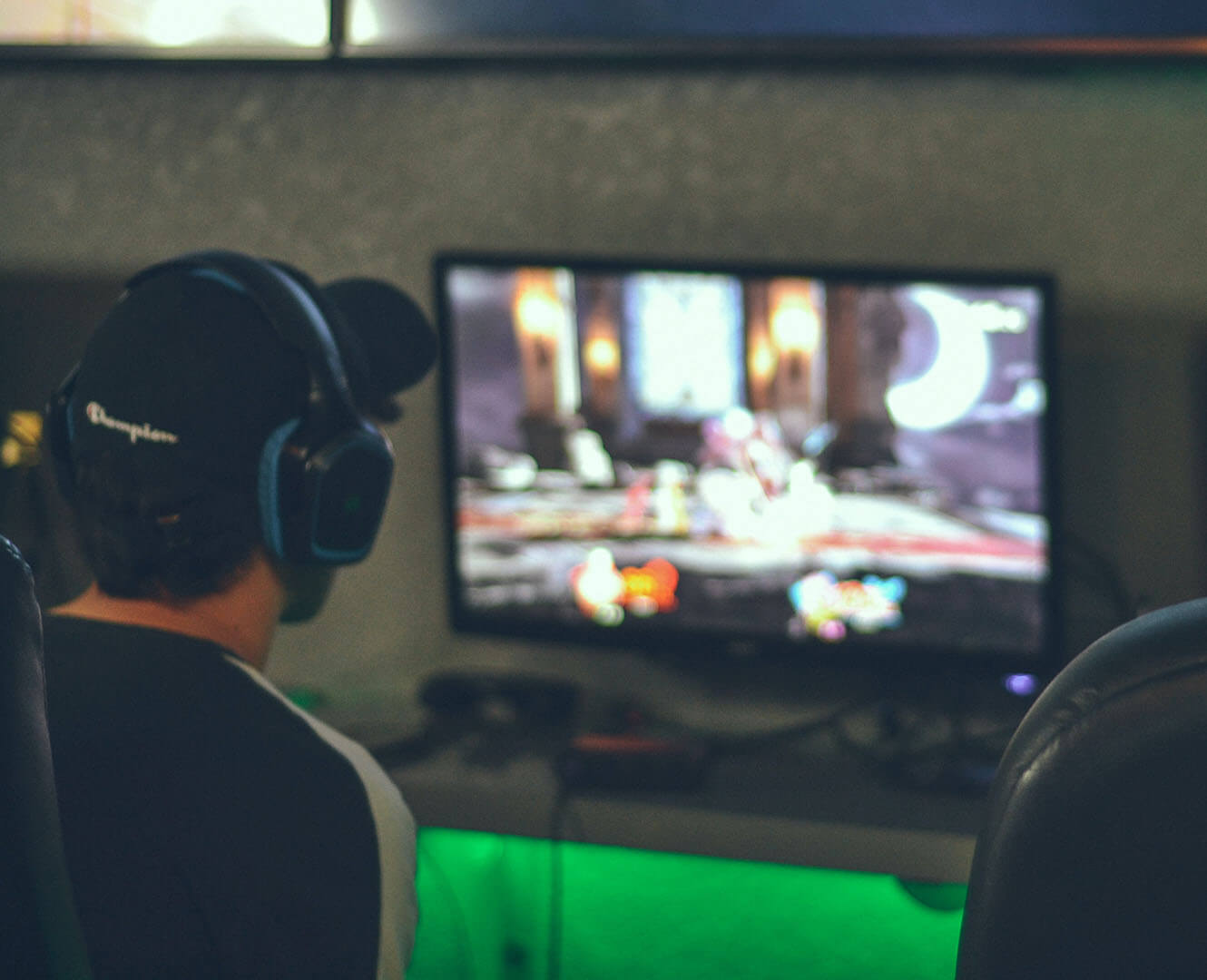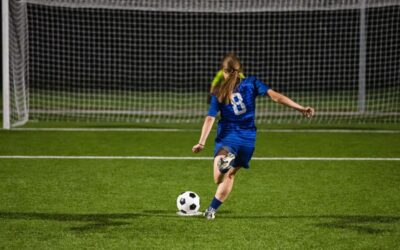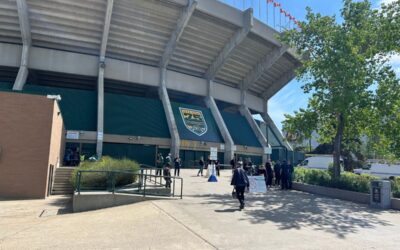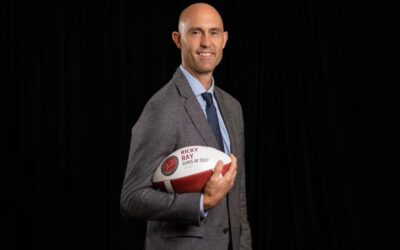The NAIT Ooks and the ACAC are looking to foster a new online esports community following the cancellation of the to-be-shortened winter 2021 season.
Alberta Collegiate Smash is the league’s premiere tournament running on November 21 where competitive esports athletes from ACAC institutions across the province (and in Saskatchewan through Briercrest College) can play head-to-head in a Super Smash Bros. Melee tournament.
The league is partnering with the Alberta Esports Association (AESA) to put on the event on a trial basis. The league is considering adding esports as a sponsored ACAC sport in the future.
The league is using this first event to gauge the interest of ACAC students from across the province.
While the tournament is free, students will have to reach out to their college’s athletics departments to seek approval to play in the tournament as a school representative.
At NAIT:
Brandon Olson is a NAIT student who will be taking part in the tournament in an exhibition game between NAIT and Concordia. Olson is excited to see esports being taken seriously by leagues like the ACAC.
“Now that we have a platform to work with on an educational scale, it’s huge and it makes me feel proud when I’m representing something,” he said.
Olson has been a part of the esports community for over a decade and has watched it grow from the original grassroots events.
“Actually having some sense of structure… If we’re thinking of taking certain fighting games, you already see big league gaming teams out there. But on the educational level, being represented is huge because it’s hard for some people to have a stepping stone to jump off of. We had so many times in our grassroots days when we were jumping on weekly tournaments there, you find people playing for the first time and they have a ton of fun and they whip a whole lot of butt the process.”
In the community:
The Alberta Esports Association is a relatively new organization, though its members have a history and a collective century of experience in the community.
Members of the association have been playing games like Super Smash Bros. Melee for over a decade and have seen the community grow and thrive.
“I grew up in it at a young age and it’s like a second family to me,” said Andrew Tran, a longtime gamer and current photographer & video editor for AESA.
Tran started his competitive playing at the young age of 9 after his brother, Victor Ly, Co-Founder of AESA, introduced him to the Smash community.
“For me, from a young age to now, I’ve felt very safe, especially when I was a minor. It’s a very mixed-age community, so having that safe connection has been very good and I’m grateful for that,” he said.
Competitive play:
Tran likened the competitive side of training for esports to a number of other sports like basketball, volleyball and chess.
“It’s kind of like playing chess. It’s about reading the movement and knowing how you can counter that,” he said. “It’s like playing the setter in volleyball and trying to understand what the blockers are trying to do and figuring out where to set the ball to get the point.”
Tran also explained how training for a game like Super Smash Bros. can differ from just playing casually.
“If you’re practicing basketball alone, you’re practicing the position on your arm, how much power you’re putting in, how high you want the ball to go… with Smash, you’re practicing move-sets.”
Tran explained how a player could combine a number of moves in a split-second to take advantage of certain game mechanics. A player may combine up to ten move sets in less than a second in order to attack, defend or counter against their opponent.
The idea is to execute moves on a frame-by-frame level as the screen of your monitor refreshes to gain a competitive advantage.
“It’s all about frame data. You want to make sure you don’t lose any frame data while you do these move sets,” said Tran.
The growth of high-level competition has led to a growing number of players training for extensive hours, perfecting these move sets and the timing of their play. This, however, can lead to injuries you may not otherwise expect.
“With sports like volleyball, football, basketball and others, you have injuries in your legs or arms. For competitive videogames, these injuries come to your wrists and your hands,” said Tran.
“The problem with competitive gamers is they just play and play and play and don’t stop. You don’t really get tired out like you would with more physical sports. You can play hours and hours of video games and not feel tired.”
Along the same lines of tennis elbow or boxer’s fracture, “nintendonitis,” also known as gamer’s grip and Nintendo thumb, is a condition where gamers regularly using older console controllers from Atari, Playstation and Nintendo consoles could develop issues with the tendons, nerves and ligaments in their hands.
“The way you hold the controller or how tightly you grip the controller can impact the health of your wrists too,” explained Tran. “There are different techniques of holding controllers to make sure you don’t risk any injury to your hand.”
To the future:
The ACAC has explicitly shown an interest in the esports community and taking an approach to collegiate-level play through this inaugural tournament. Following in the footsteps of colleges in the United States, Tran would like to see the system develop in Alberta.
“Growing up, I had aspirations of being a professional gamer but at that time there weren’t really any professional support systems within the community. If you looked to be a pro, you looked to the United States or to move to Toronto or Vancouver to get picked up [by an organization]. In the future, I want organizations to look to Alberta. I dream of students getting scholarships in Alberta to compete and joining these esports teams.”





